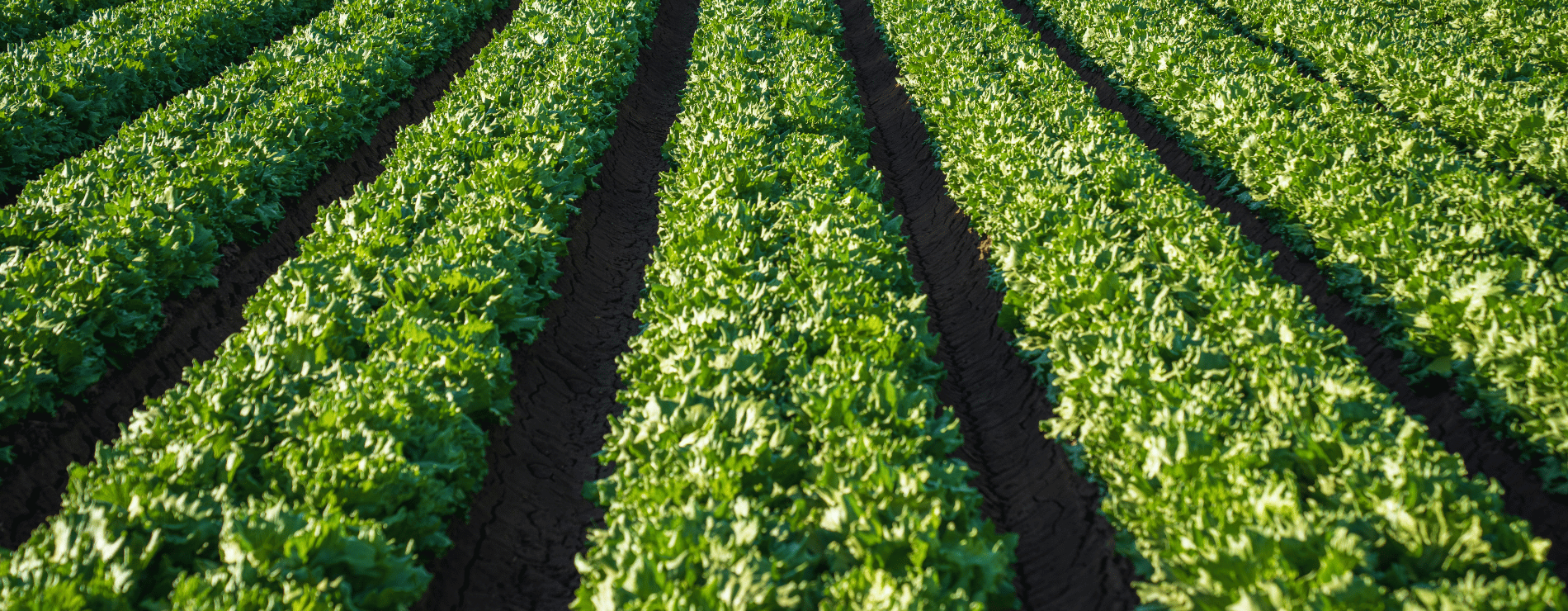
Vegetables
California is a powerhouse in the vegetable industry, producing a diverse range of crops that are key players in both national and global markets. The state's fertile soil and ideal climate conditions, particularly in regions like the Central Valley, create the perfect environment for growing high-quality vegetables. The state's vegetable industry not only supports local farmers and processors but also contributes significantly to the economy through its robust export market. According to the California Department of Food and Agriculture, the largest vegetable exports in the state include:
- Lettuce
- Cauliflower
- Onion
- Cabbage
- Spinach
Requiring nutrients to encourage better production, Sac Ag takes pride in producing fertilizer chemistries designed to help vegetables flourish.
Looking for other high quality raw materials to help increase plant health, growth, and yield?
We offer a portfolio of innovative products including other sulfur fertilizer additions and low salt fertilizers that help maximize the efficiency and output of your growing season. Our experts will work with you to find the optimum combination of nutrients to give you the best results for your harvest.
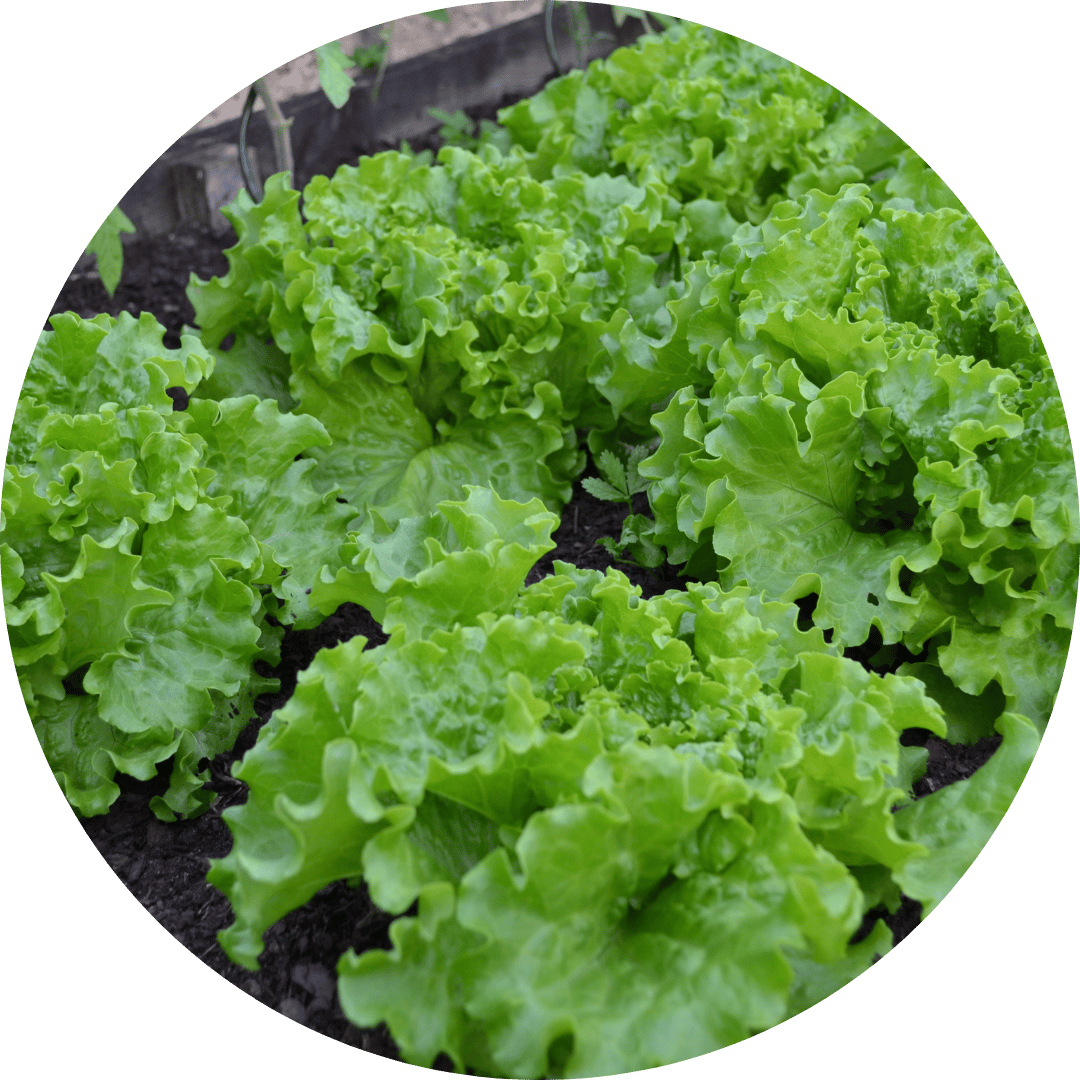
Lettuce (Lactusa sativa)
Per the California Department of Food and Agriculture lettuce is the states largest vegetable output, with lettuce producing $3.93 billion in 2023. A versatile crop, lettuce has many different uses such as:
- Salads
- Sandwiches
- Wraps
- Soups
Lettuce also is recognized for its health benefits, including:
- Rich in A, C, and K vitamins
- Contains essential minerals
- Contains folate, which is crucial for cell growth and development
Production Challenges
- Droughts & water scarcity: The limited availability of high-quality irrigation water, which is essential for lettuce growth, is especially common in arid regions like the Salinas and Imperial Valleys. Reduced water access can lead to lower yields, poor head formation, and increased susceptibility to pests and disease.
- Soil degradation: Caused by continuous cropping, erosion, and loss of organic matter, soil degradation reduces soil fertility, structure, and water-holding capacity, all critical for healthy lettuce growth. This leads to lower yields, increased input needs, and greater vulnerability to diseases and nutrient imbalances.
- Extreme weather & climate change: Unseasonal heatwaves, heavy rains, and cold snaps can disrupt lettuce production, damaging crops, delaying planting, and reducing quality. These unpredictable conditions increase the risk of crop loss and make farm planning more difficult.
Cauliflower (Brassica oleracea variety botrytis)
Cauliflower is the second largest California vegetable export, falling shortly behind lettuce. According to the Agricultural Marketing Resource Center, California grows 90% of the United States cauliflower. Cauliflower can be used for many things including:
- Noodle / pasta alternatives
- Plant based “steaks”
- Pizza crusts
- Soups
Cauliflower also has health benefits:
- High in fiber
- Low in calories and fats
- Rich in vitamin C and K
Production Challenges
- Water scarcity & droughts: Cauliflower crops require consistent moisture for proper head development and quality. Limited irrigation water can lead to reduced yields, uneven growth, and increased vulnerability to stress-related disorders.
- Climate sensitivity: Cauliflower is highly sensitive to temperature fluctuations. Excessive heat or cold can cause defects like buttoning (premature curd formation) or poor head quality. California’s increasing climate variability makes it harder to maintain optimal growing conditions, reducing yield consistency and marketability.
- Soil requirements: Cauliflower has strict soil requirements, needing well-drained, fertile soil with balanced nutrients and proper pH to develop high-quality heads. In California, soil degradation, salinity, and nutrient imbalances can limit suitable land and require intensive management to maintain productivity.
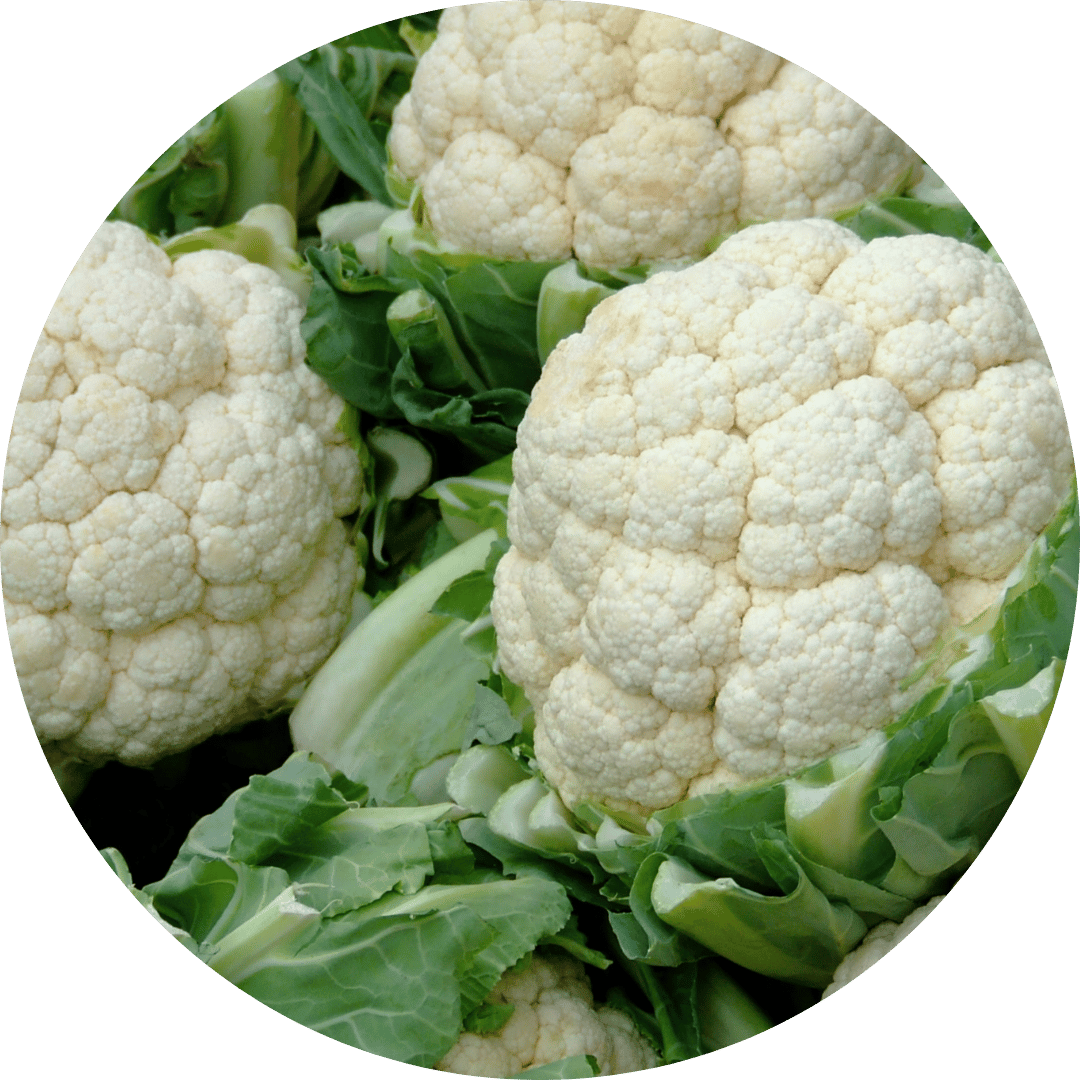
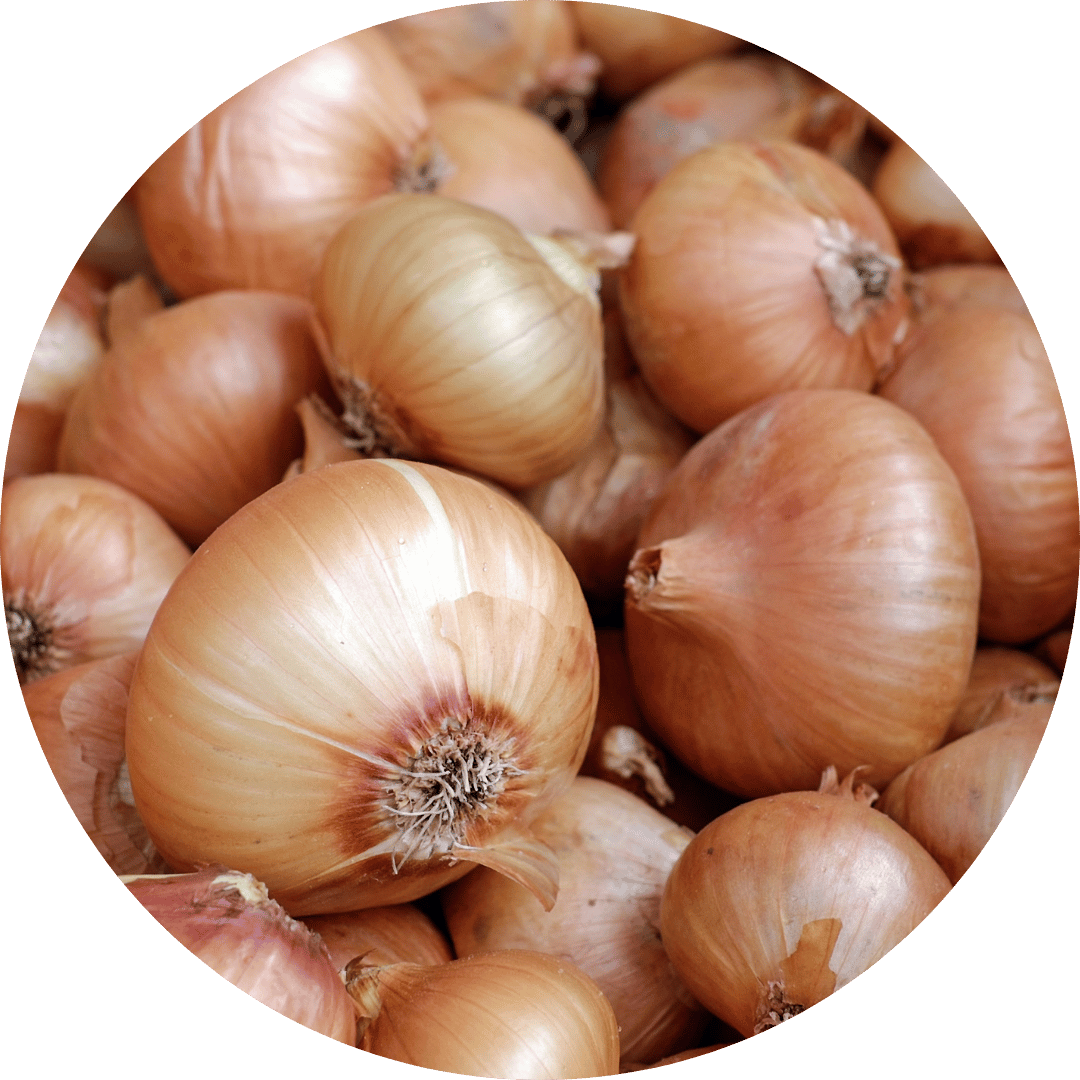
Onion (Allium cepa)
California grows a large percentage of the United States' total onion production. According to the World Population Review, in 2022 California grew 17.2 million pounds of onions. Onions can be used for:
- Soups
- Salads
- Stews
- Sauces
- Dips
Onions are recognized as having numerous health benefits:
- Antioxidant rich
- Antibacterial and antiviral properties
- Good source of prebiotics and fiber
Production Challenges
- Water scarcity & droughts: Onions require consistent moisture throughout their growing cycle to ensure proper bulb development and yield. Limited irrigation can lead to smaller bulbs, increased disease susceptibility, and lower overall crop quality.
- Heat and inclement weather conditions: Onions are sensitive to extreme heat and inclement weather, which can cause bolting, sunscald, or irregular bulb development. Sudden temperature shifts or unseasonal rain can also increase disease pressure and complicate harvest timing.
- Soil salinity: As a salt-sensitive crop, high salinity can reduce water uptake, stunt growth, and lower yields. Saline soils also interfere with nutrient availability, leading to poor bulb quality and increased management costs.
Cabbage (Brassica oleracea variety capitata)
Per the United States Department of Agriculture (USDA), in 2024 California produced over $290 million worth of cabbage. Some uses for cabbage include :
- Coleslaw
- Soups
- Egg rolls
Cabbage has health benefits like:
- Rich in fiber
- Good source of vitamin C
- Contains important minerals like potassium, manganese, and copper
Production Challenges
- Droughts & water scarcity: Consistent irrigation is essential for forming dense, marketable cabbage heads. Inadequate water supply can lead to reduced yields, uneven growth, and increased susceptibility to pests and diseases.
- Soil degradation: Soil degradation reduces fertility, structure, and moisture retention, all of which are critical for healthy cabbage growth. This leads to lower yields, poor head quality, and greater vulnerability to diseases and nutrient deficiencies in cabbage production.
- Heat sensitivity: Cabbage is heat-sensitive, and excessive temperatures can cause premature bolting, poor head formation, and reduced quality. California’s rising temperatures and heatwaves increase the risk of these issues, making consistent production more difficult.
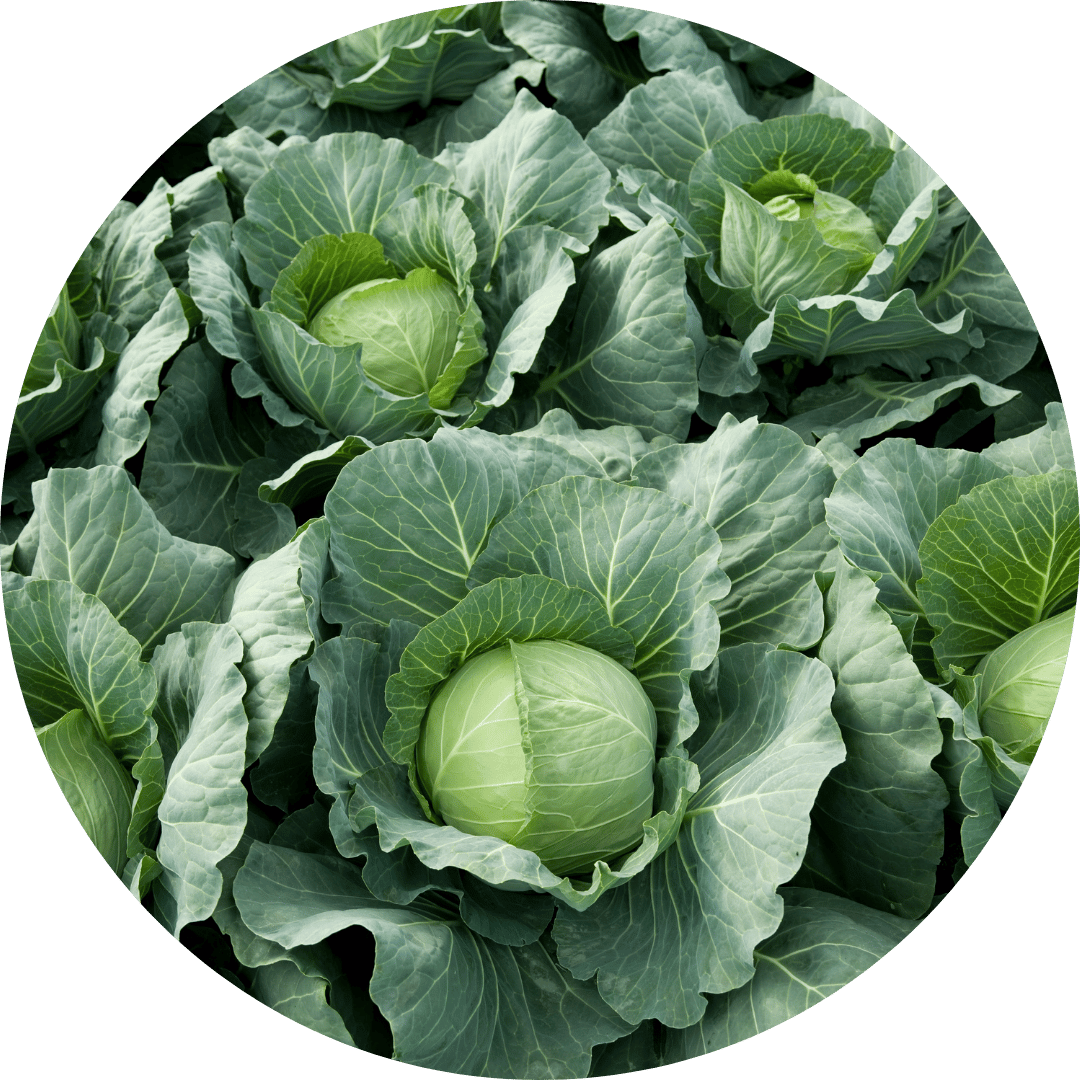
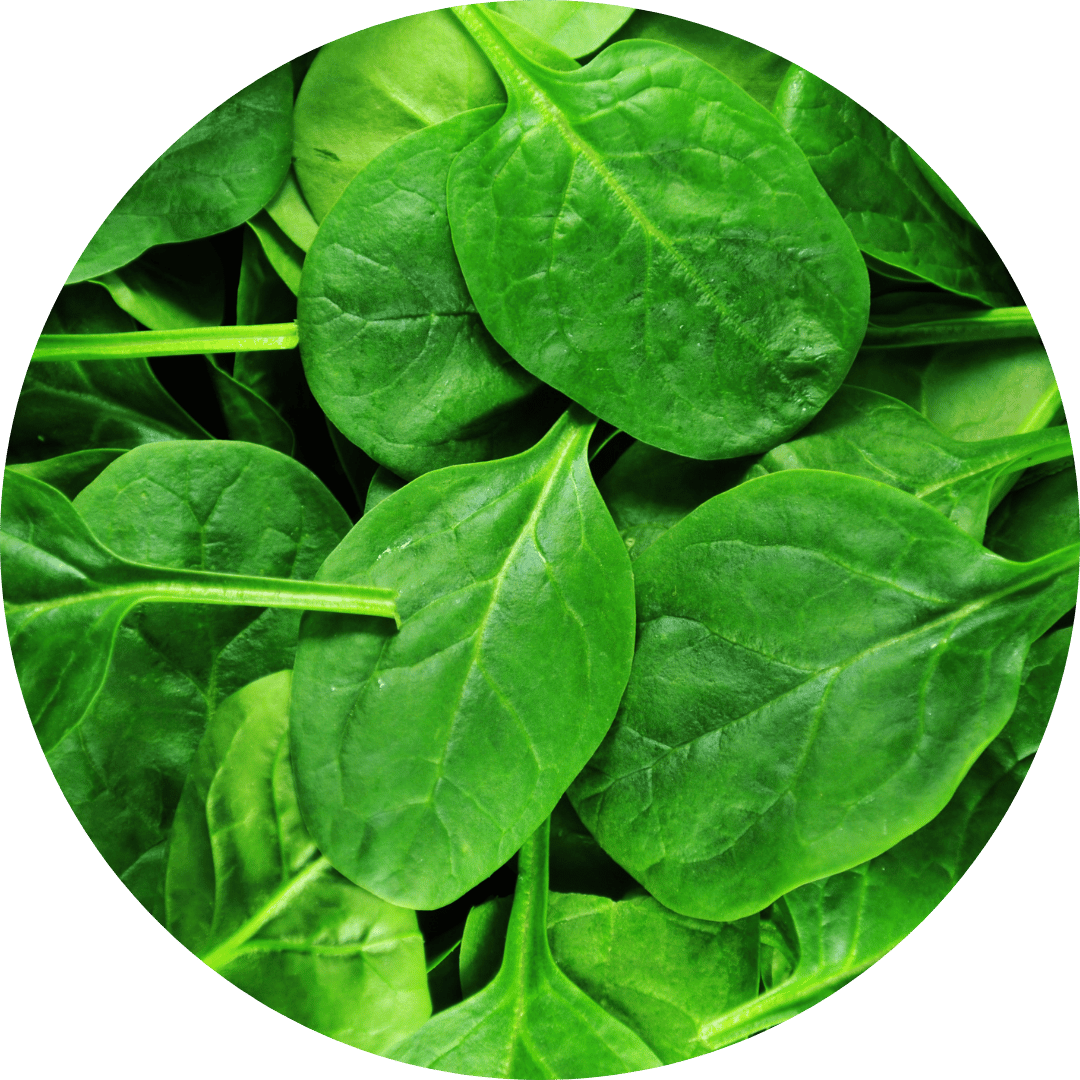
Spinach (Spinacia oleracea)
Spinach is the fifth largest vegetable export of California, accounting for about 69% of the United States production in 2020 (505 million pounds) according to National Agriculture in the Classroom. California's unique climate makes it a great place for spinach to grow. Some uses for spinach include:
- Salads
- Smoothies
- Dips
- Egg dishes
Some health benefits include:
- Low in calories
- High in fiber
- Rich in vitamins and minerals
Production Challenges
- Heat sensitivity: Spinach is highly sensitive to heat, which accelerates bolting and leaf bitterness, reducing both yield and market quality. Increasing temperatures and heatwaves in California shorten the growing window and complicate production scheduling.
- Water scarcity and irrigation: The availability of consistent irrigation is essential for spinach’s shallow root system and rapid growth. Insufficient water can lead to poor leaf development, reduced yields, and increased vulnerability to stress and disease.
- Soil quality and drainage: Poor soil quality and inadequate drainage hinder spinach growth by causing root stress and increasing the risk of diseases like root rot. Well-drained, fertile soils are essential in California to support healthy, uniform spinach crops and maximize yields.
Vegetable Fertilizers
Sac Ag supports a diverse range of agricultural crops through high-quality, locally manufactured fertilizers for agriculture retailers and distributors. We have formulated chemicals that boost plant health, improve crop yield, and provide essential nutrients to support your growers’ vegetable production:
Potassium Thiosulfate: Thio 25-17™ is a high-quality potash and sulfur liquid fertilizer
Ammonium Thiosulfate: ATS=™ is a high-quality nitrogen and sulfur liquid fertilizer.
Magnesium Thiosulfate: MTS=™ is a versatile fertilizer used in agriculture as a source of magnesium and sulfur.
Vegetable Nutrients
Vegetables require an assortment of different nutrients, some of which includes nitrogen, potassium, phosphorus, calcium, boron, and zinc. Sac Ag's thiosulfate-focused product line promotes vegetable growth and helps increase crop yields.
Get in touch with the Sac Ag team to discuss your vegetable nutrient needs and secure your tons for the season:
